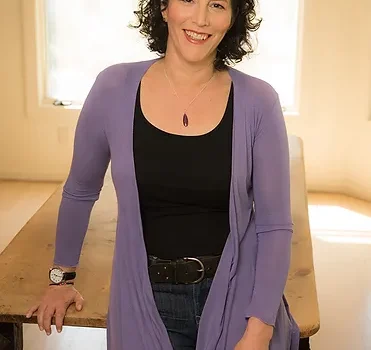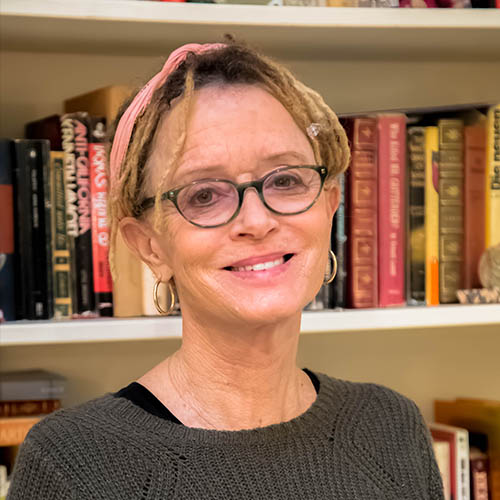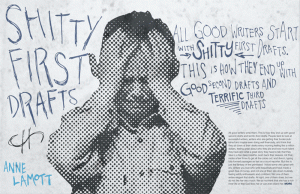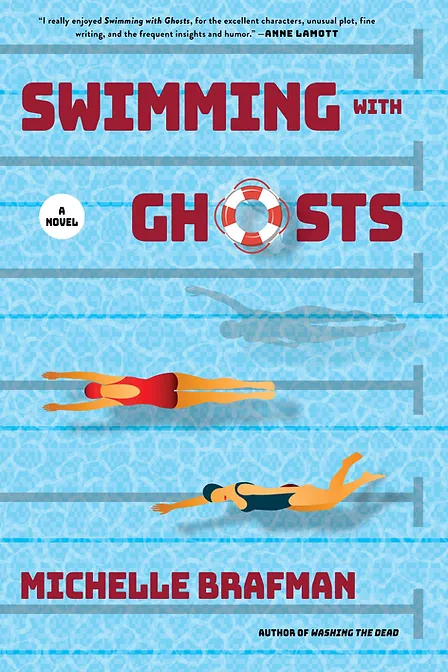
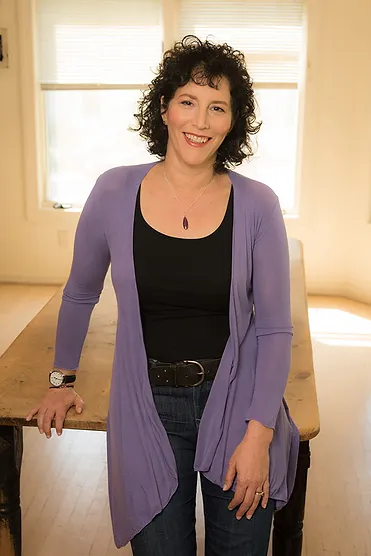
In Michelle Brafman’s forthcoming novel Swimming With Ghosts, published by Keylight Books, she explores the darkness and humor of children’s competitive swimming. Themes of family secrets, obsession and friendships shine through the lenses of childhood and the feuding families of the characters.
I really enjoyed Swimming with Ghosts, for the excellent characters, unusual plot inside the world of local competitive swimming, the fine writing, and the frequent insights and humor. I raced right through it.
ANNE LAMOTT, author of Bird by Bird
Michelle Brafman’s writing has been featured in Lilith Magazine, LitHub, and San Francisco Book Review. She has received numerous awards for her fiction, including a Special Mention in the 2010 Pushcart Prize Anthology, the F. Scott Fitzgerald Short Story prize, and first place in the Lilith Magazine Fiction contest. In 2019 she received the Excellence in Teaching Award for creative writing. Swimming With Ghosts will be her third published novel after Bertrand Court (2016) and Washing the Dead (2015).
Swimmers and readers rejoice! Michelle Brafman’s Swimming with Ghosts is proof that the most important events in life happen at the pool. Fast-paced and frequently hilarious, we unsuspectingly float on the novel’s wry, quirky humor until we’re suddenly over deep water, gazing into the depths of our need for purpose, friendship, and love. Anyone heading to a pool or beach this summer should have a copy of Swimming with Ghosts in their swim bag.
DAVID MCGLYNN, author of A Door in the Ocean
Swimming With Ghosts releases June 13th, 2023 and can be pre-ordered here. Learn more about Michelle Brafman’s writing and teaching by visiting her website. Her short story “Brain Freeze” was featured in Superstition Review issue 13.
